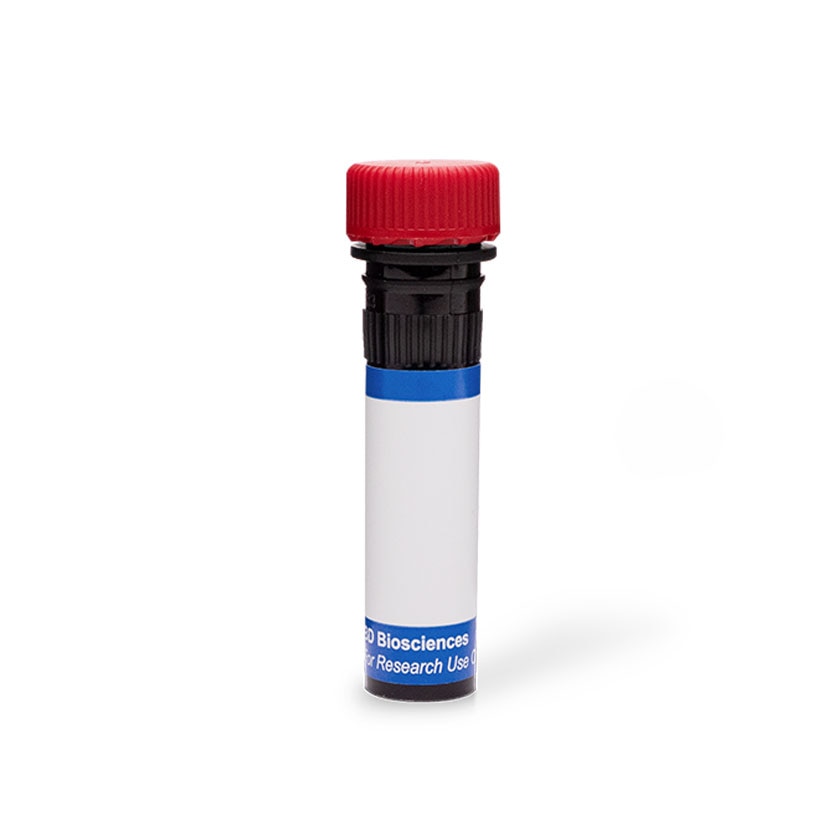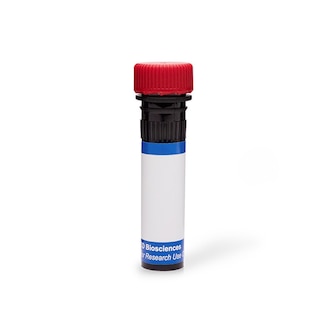-
Reagents
- Flow Cytometry Reagents
-
Western Blotting and Molecular Reagents
- Immunoassay Reagents
-
Single-Cell Multiomics Reagents
- BD® OMICS-Guard Sample Preservation Buffer
- BD® AbSeq Assay
- BD® Single-Cell Multiplexing Kit
- BD Rhapsody™ ATAC-Seq Assays
- BD Rhapsody™ Whole Transcriptome Analysis (WTA) Amplification Kit
- BD Rhapsody™ TCR/BCR Next Multiomic Assays
- BD Rhapsody™ Targeted mRNA Kits
- BD Rhapsody™ Accessory Kits
- BD® OMICS-One Protein Panels
-
Functional Assays
-
Microscopy and Imaging Reagents
-
Cell Preparation and Separation Reagents
-
Dehydrated Culture Media
-
- BD® OMICS-Guard Sample Preservation Buffer
- BD® AbSeq Assay
- BD® Single-Cell Multiplexing Kit
- BD Rhapsody™ ATAC-Seq Assays
- BD Rhapsody™ Whole Transcriptome Analysis (WTA) Amplification Kit
- BD Rhapsody™ TCR/BCR Next Multiomic Assays
- BD Rhapsody™ Targeted mRNA Kits
- BD Rhapsody™ Accessory Kits
- BD® OMICS-One Protein Panels
- Canada (English)
-
Change country/language
Old Browser
Looks like you're visiting us from United States.
Would you like to stay on the current country site or be switched to your country?
BD Pharmingen™ PE Rat Anti-Mouse CD321 (JAM-1)
Clone H202-106 (RUO)

Multicolor flow cytometric analysis of CD321 (JAM-1) expression on peripheral blood leucocytes and platelets. BALB/c mouse whole blood cells were stained with PerCP-Cy™5.5 Mouse Anti-Mouse CD45.2 (Cat. No. 552950/561096; Upper Panels) and BV421 Hamster Anti-Mouse CD61 (Cat. No. 562917; Lower Panels) antibodies, and either PE Rat IgG1 Isotype Control (Cat. No. 554685; Left Panels) or PE Rat Anti-Mouse CD321 (JAM-1) antibody (Cat. No. 564908; Right Panels). Erythrocytes were lysed with BD Pharm Lyse™ Lysing Buffer (Cat. No. 555899). Two-color flow cytometric contour plots showing the correlated expression of CD321 (JAM-1) [or Ig Isotype control staining] versus CD45.2 or CD61 were derived from gated events with the forward and side light-scatter characteristics of viable leucocytes and platelets. Flow cytometric analysis was performed using a BD LSRFortessa™ Cell Analyzer System.



Multicolor flow cytometric analysis of CD321 (JAM-1) expression on peripheral blood leucocytes and platelets. BALB/c mouse whole blood cells were stained with PerCP-Cy™5.5 Mouse Anti-Mouse CD45.2 (Cat. No. 552950/561096; Upper Panels) and BV421 Hamster Anti-Mouse CD61 (Cat. No. 562917; Lower Panels) antibodies, and either PE Rat IgG1 Isotype Control (Cat. No. 554685; Left Panels) or PE Rat Anti-Mouse CD321 (JAM-1) antibody (Cat. No. 564908; Right Panels). Erythrocytes were lysed with BD Pharm Lyse™ Lysing Buffer (Cat. No. 555899). Two-color flow cytometric contour plots showing the correlated expression of CD321 (JAM-1) [or Ig Isotype control staining] versus CD45.2 or CD61 were derived from gated events with the forward and side light-scatter characteristics of viable leucocytes and platelets. Flow cytometric analysis was performed using a BD LSRFortessa™ Cell Analyzer System.

Multicolor flow cytometric analysis of CD321 (JAM-1) expression on peripheral blood leucocytes and platelets. BALB/c mouse whole blood cells were stained with PerCP-Cy™5.5 Mouse Anti-Mouse CD45.2 (Cat. No. 552950/561096; Upper Panels) and BV421 Hamster Anti-Mouse CD61 (Cat. No. 562917; Lower Panels) antibodies, and either PE Rat IgG1 Isotype Control (Cat. No. 554685; Left Panels) or PE Rat Anti-Mouse CD321 (JAM-1) antibody (Cat. No. 564908; Right Panels). Erythrocytes were lysed with BD Pharm Lyse™ Lysing Buffer (Cat. No. 555899). Two-color flow cytometric contour plots showing the correlated expression of CD321 (JAM-1) [or Ig Isotype control staining] versus CD45.2 or CD61 were derived from gated events with the forward and side light-scatter characteristics of viable leucocytes and platelets. Flow cytometric analysis was performed using a BD LSRFortessa™ Cell Analyzer System.





Regulatory Status Legend
Any use of products other than the permitted use without the express written authorization of Becton, Dickinson and Company is strictly prohibited.
Preparation And Storage
Product Notices
- Please refer to www.bdbiosciences.com/us/s/resources for technical protocols.
- Since applications vary, each investigator should titrate the reagent to obtain optimal results.
- An isotype control should be used at the same concentration as the antibody of interest.
- Caution: Sodium azide yields highly toxic hydrazoic acid under acidic conditions. Dilute azide compounds in running water before discarding to avoid accumulation of potentially explosive deposits in plumbing.
- For fluorochrome spectra and suitable instrument settings, please refer to our Multicolor Flow Cytometry web page at www.bdbiosciences.com/colors.
Data Sheets
Companion Products






The H202-106 monoclonal antibody specifically binds to CD321 which is also known as JAM-1 (Junctional adhesion molecule 1), Junctional adhesion molecule A (JAM-A), and F11 Receptor (F11R). CD321 is a type I transmembrane glycoprotein that includes two extracellular immunoglobulin-like domains. CD321 functions as an adhesion receptor molecule on platelets. It also supports the tight junction formation between endothelial cells, where it may regulate the transendothelial migration of leucocytes, and some epithelial cells. CD321 expression by certain subsets of tissue-derived, MHC Class II-positive thymic epithelial cells, macrophages, and dendritic cells suggest that it may play a role in the organization and function of antigen presenting cells.

Development References (5)
-
Gupta SK, Pillarisetti K, Ohlstein EH. Platelet agonist F11 receptor is a member of the immunoglobulin superfamily and identical with junctional adhesion molecule (JAM): regulation of expression in human endothelial cells and macrophages. IUBMB Life. 2000; 1:51-56. (Biology). View Reference
-
Malergue F, Galland F, Martin F, Mansuelle P, Aurrand-Lions M, Naquet P. A novel immunoglobulin superfamily junctional molecule expressed by antigen presenting cells, endothelial cells and platelets. Mol Immunol. 1998; 35(17):1111-1119. (Immunogen: Flow cytometry, Fluorescence microscopy, Immunofluorescence, Immunoprecipitation). View Reference
-
Martin-Padura I, Lostaglio S, Schneemann M. Junctional adhesion molecule, a novel member of the immunoglobulin superfamily that distributes at intercellular junctions and modulates monocyte transmigration. J Cell Biol. 1998; 142(1):117-127. (Biology). View Reference
-
Matsutani T, Tanaka T, Tohya K, et al. Plasmacytoid dendritic cells employ multiple cell adhesion molecules sequentially to interact with high endothelial venule cells--molecular basis of their trafficking to lymph nodes. Int Immunol. 2007; 19(9):1031-1037. (Clone-specific: Flow cytometry, Functional assay, Inhibition). View Reference
-
Ozaki H, Ishii K, Horiuchi H. Cutting edge: combined treatment of TNF-alpha and IFN-gamma causes redistribution of junctional adhesion molecule in human endothelial cells. J Immunol. 1999; 163(2):553-557. (Biology). View Reference
Please refer to Support Documents for Quality Certificates
Global - Refer to manufacturer's instructions for use and related User Manuals and Technical data sheets before using this products as described
Comparisons, where applicable, are made against older BD Technology, manual methods or are general performance claims. Comparisons are not made against non-BD technologies, unless otherwise noted.
For Research Use Only. Not for use in diagnostic or therapeutic procedures.